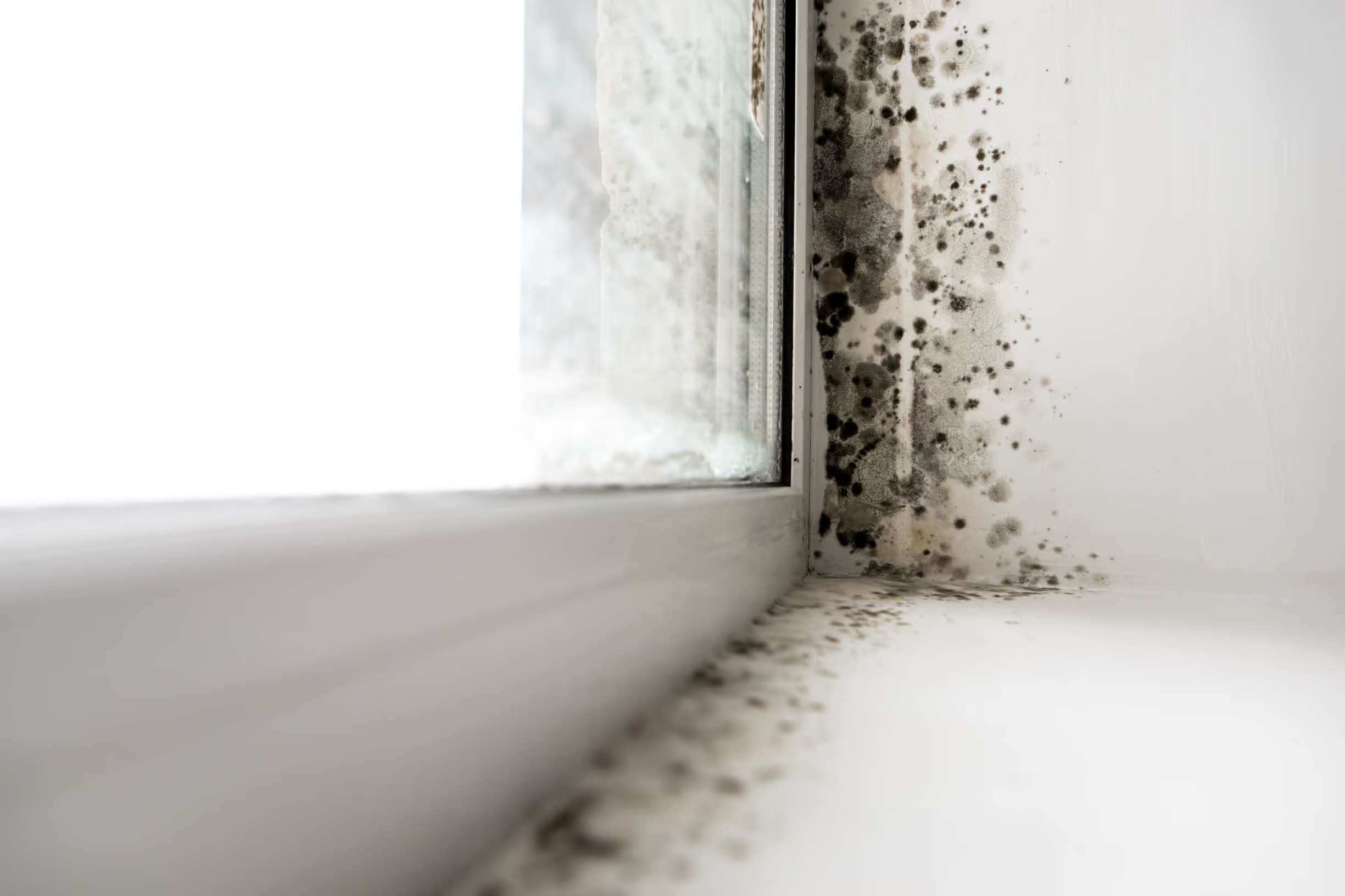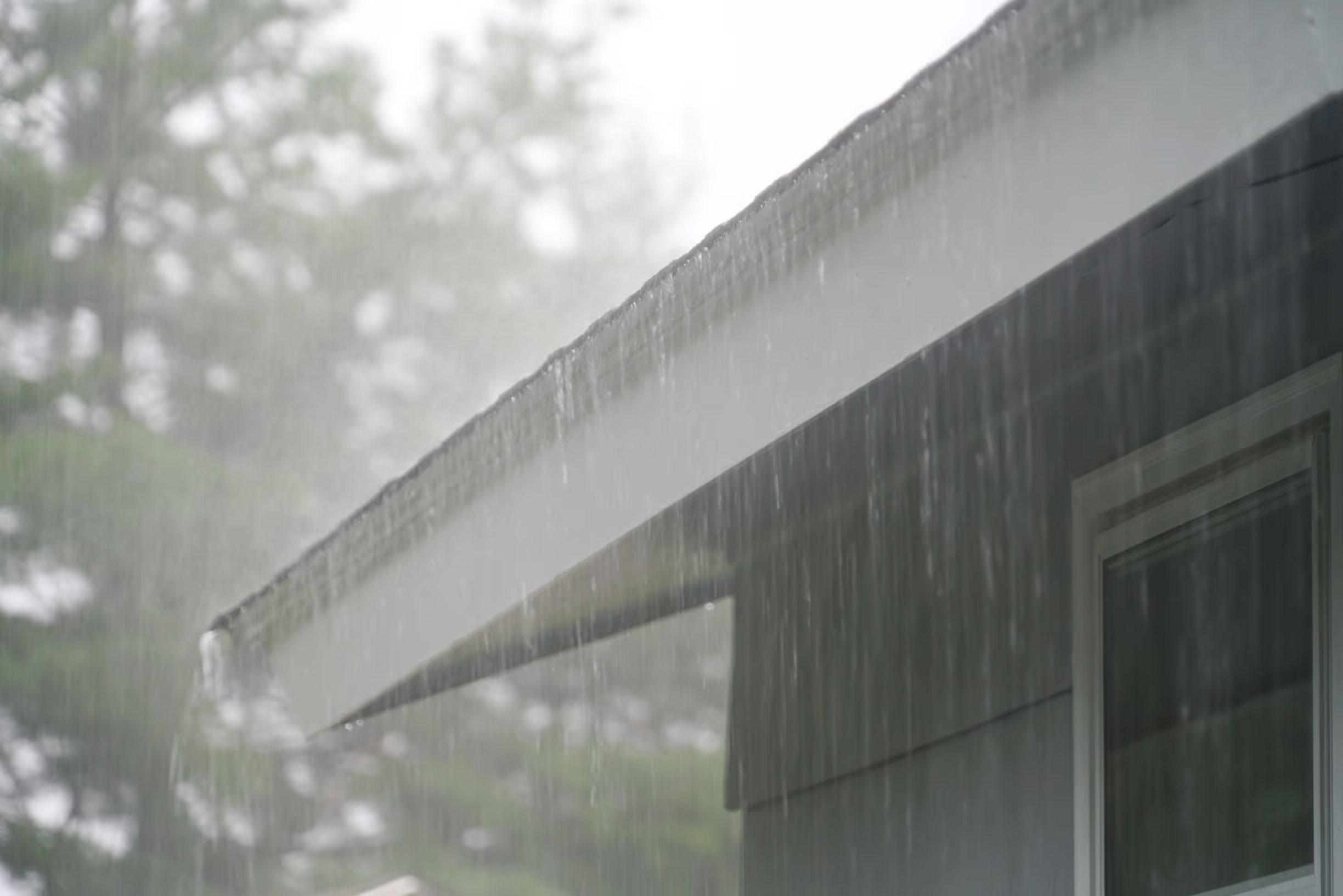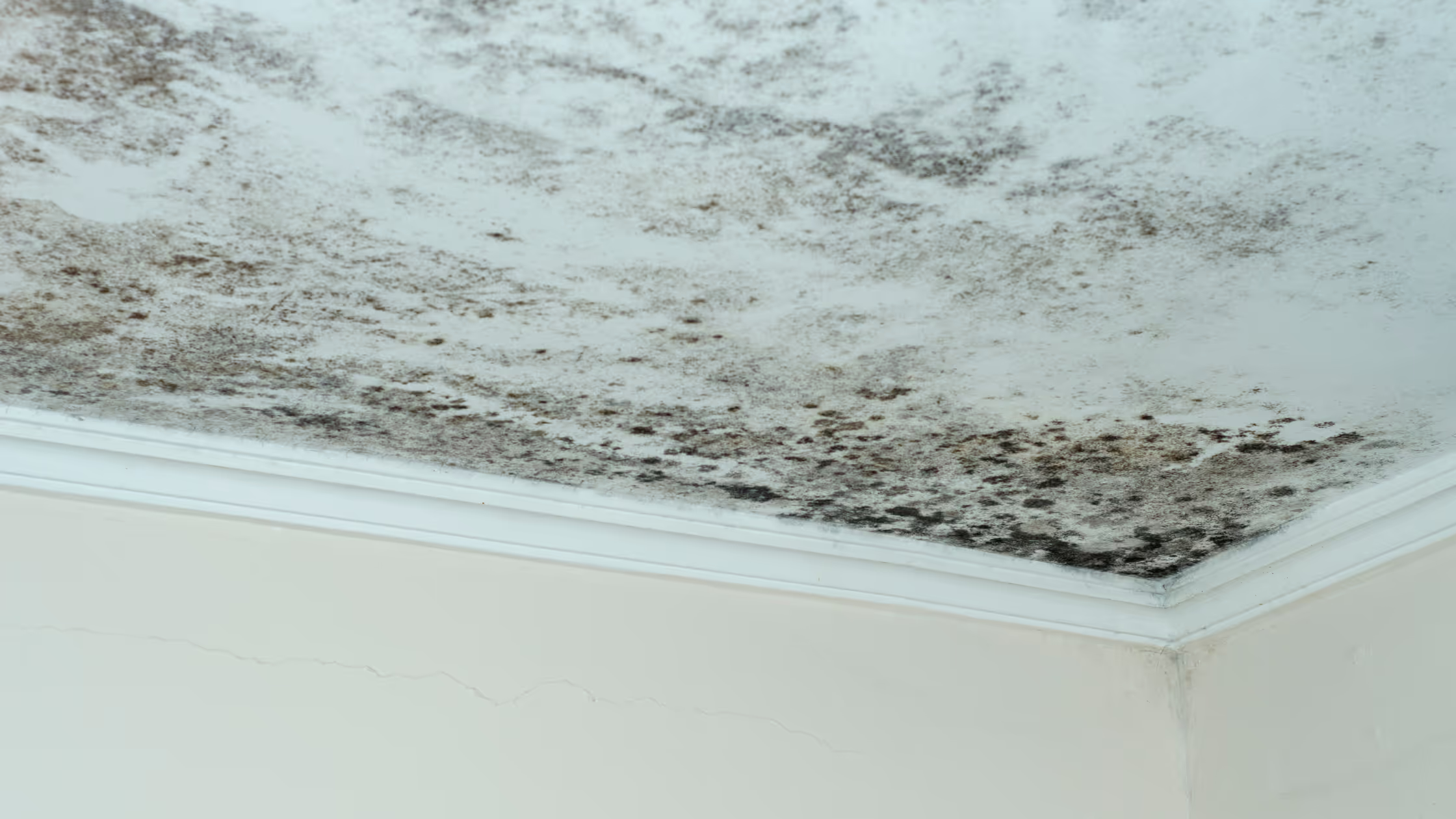Handling Hazardous Materials During Cleanup
We explore the potential hazards associated with these materials and the importance of trusting trained professionals to handle it.

When it comes to restoration projects, hazardous materials like asbestos, lead, or chemical spills can pose significant risks. As homeowners or property managers, it's crucial to prioritize safety during a restoration project. In this blog, we'll explore the potential hazards associated with these materials and the importance of trusting trained professionals to handle these materials safely.
Identifying Hazardous Materials
Before diving into a restoration project, it's essential to identify any potential hazardous materials on the premises. Asbestos-containing materials, lead-based paint, and chemical spills are common materials that require careful handling and removal.
Risks of Exposure
Exposure to hazardous materials can be extremely harmful. Asbestos fibers, when disturbed, can become airborne and pose respiratory risks to occupants on the property. Chemical spills can result in immediate health hazards and long-term environmental consequences.
Why Professional Expertise Matters
Handling hazardous materials is not a DIY endeavor. Trained professionals equipped with the knowledge and experience to manage these materials safely are essential. Hiring a certified restoration service like Rocky Top Restoration minimizes the risks during the removal process and also ensures that the handling and disposal of these materials are in compliance with local regulations.
Compliance with Regulations
Restoration professionals are well-versed in local, state, and federal regulations regarding the handling and disposal of hazardous materials. Adhering to these regulations is not only a legal requirement but also a crucial aspect of ensuring the safety of both the occupants on your property and the environment.
Protective Measures During Restoration
During restoration projects involving hazardous materials, professionals implement strict protective measures to protect the occupants and crew. This may include containment strategies, proper ventilation, and the use of personal protective equipment (PPE) to minimize exposure risks.
Safe Removal and Disposal
The removal and disposal of hazardous materials demand precision and care. Trained professionals follow established protocols to safely remove these materials without spreading contaminants. Proper disposal methods are also important to prevent environmental harm.
Monitoring and Testing
Once the materials have been removed, monitoring and testing is an important aspect to the project to ensure that the restoration site is free from any contamination. Professionals conduct thorough inspections to guarantee that the environment is safe for occupants and complies with regulatory standards.
Prioritizing safety during restoration projects involving hazardous materials is non-negotiable. Hiring trained professionals, complying with regulations, and implementing protective measures are essential steps toward a successful and safe restoration process. Remember, safety is the #1 priority for a successful restoration.
Need Immediate Help?
We Are Available 24/7!





